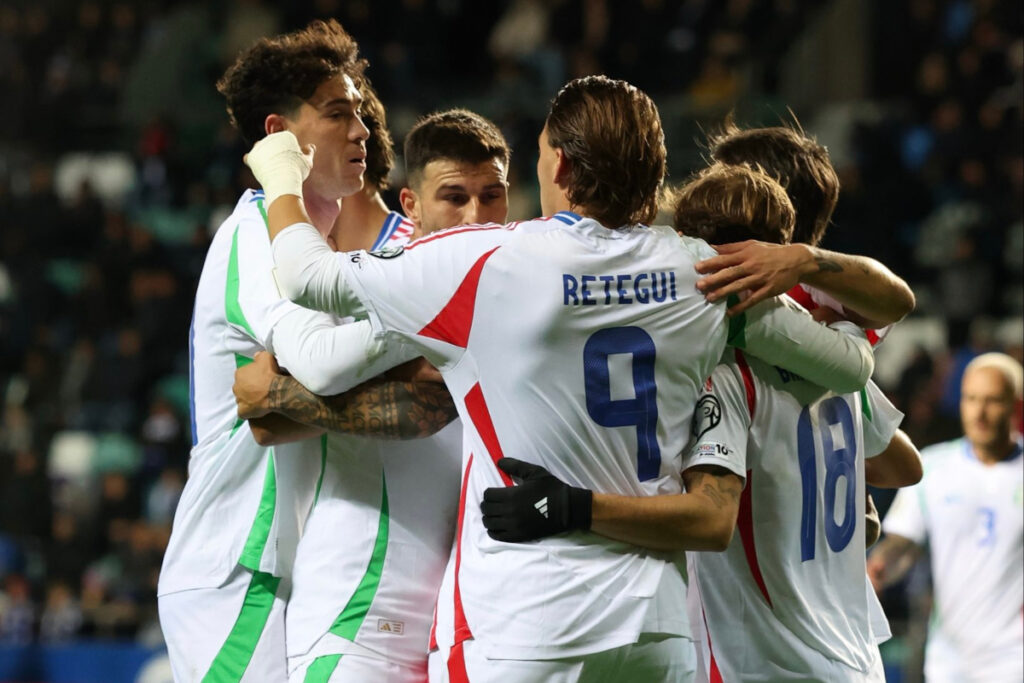
Introduction
As citizens of a globalized world, understanding cultural and national differences is essential. The comparative analysis of Estonia and Italy highlights the distinctions in historical backgrounds, economies, and societal structures, making this comparison particularly relevant for those keen on international relations, travel, or cultural studies.
Historical Context
Estonia, located in Northern Europe, gained independence from the Soviet Union in 1991 after a prolonged period of foreign domination. On the other hand, Italy has a rich history that traces back to ancient Rome, significantly influencing Western civilization. The Roman Empire’s legacy is still evident in Italy’s architecture, languages, and legal systems.
Cultural Differences
The cultural identities of Estonia and Italy differ radically. Estonia’s culture reflects it Baltic heritage and Scandinavian influences, with a strong emphasis on technology, folklore, and national traditions such as the Tallinn Old Town, a UNESCO World Heritage Site. In contrast, Italy is celebrated for its art, fashion, and culinary excellence, being home to masterpieces by Michelangelo and Da Vinci, and renowned for its diverse regional cuisine.
Economic Comparison
Economically, Estonia has transformed from a post-Soviet economy to a dynamic digital economy, often referred to as a “start-up paradise.” Its focus on technology and innovation has attracted various startups and investors, making it one of the most advanced digital societies in the world with a GDP growth of approximately 2.5% in 2022. Conversely, Italy is in the G7 and boasts one of the largest economies in Europe, driven by luxury manufacturing, agriculture, and tourism, with a GDP growth of nearly 3.8% in the same year. However, Italy faces challenges such as high public debt and slow economic growth.
Social Dynamics and Quality of Life
Estonia’s social dynamics are characterized by a high emphasis on education, with a literacy rate of 99.8% and a robust e-governance system, making civil services efficient. The country ranks high on quality of life indices, attributed to its natural environment and healthcare system. Italy, while culturally rich, also faces socioeconomic disparities between its northern and southern regions. It offers a vibrant lifestyle, with efficient healthcare and education systems, but it grapples with unemployment and the impacts of an aging population.
Conclusion
In conclusion, the comparison between Estonia and Italy provides valuable insights into two diverse European nations, each with its unique challenges and strengths. Estonia exemplifies rapid modernization and technological prowess, while Italy showcases a historical depth and cultural abundance. As globalization continues to shape interactions between nations, understanding these differences can enrich our perspectives, fostering a deeper appreciation for the complexity of global culture and economy.

